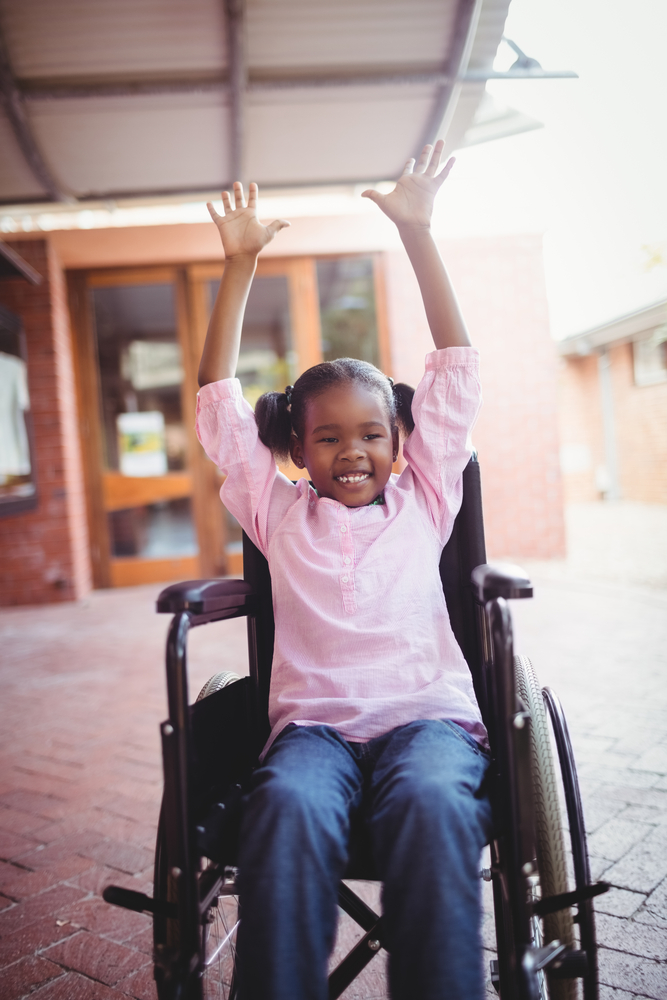Revised Upper Limb Module Should Be a Better Tool to Assess Muscle Weakness

A team of international researchers developed a revised upper limb module (RULM) to assess arm function in people with spinal muscular atrophy (SMA), which can capture progressive muscle weakness even in the weak end of the spectrum and in young children.
The authors of the study, “Revised upper limb module for spinal muscular atrophy: development of a new module,” published in the scientific journal Muscle and Nerve, reported that the revised module showed good validity and reliability, making it suitable for use in clinical research.
The team of researchers, whose members each brought to the study a different type of neuromuscular expertise, performed a thorough review of the scales currently available to assess arm function in SMA. This allowed them to revise the existing scales and make a more robust one.
The RULM included 20 items such as bringing hands from lap to table, picking up small items, pushing buttons, tearing paper, opening a Ziploc container, bringing hands above shoulders, and lifting items of different weight to different heights.
SMA patients and their caregivers were involved throughout the process of revision to ensure each item was clinically meaningful and relevant to everyday activities. In order to determine if the activities were developmentally appropriate, the researchers tested them in a group of typically developing children. All activities could be completed successfully by children as young as 30 months.
The authors concluded the RULM could continue to identify changes in motor function even after a patient loses the ability to walk. They wrote that the study suggests “the RULM is a valuable addition to the existing scales that are currently being used in clinical trials in SMA.”
Outcome measures are tests used by researchers to assess whether a certain treatment under trial is having any effects on the patient. Using the right outcome measure is vital to make sure a trial can prove if a treatment works.
Over the past few years, there has been increasing effort in the research community to identify a suitable outcome measure for clinical trials in SMA. However, none of the existing scales so far had effectively captured the progressive muscle weakness in the weak end of the spectrum. They also were unsuccessful in representing younger children, since they included items for which performance was age-dependent and these were validated only in children older than six.







